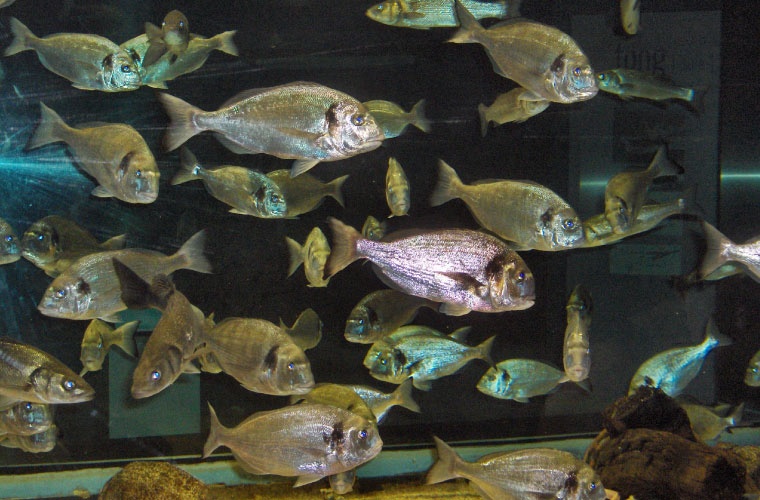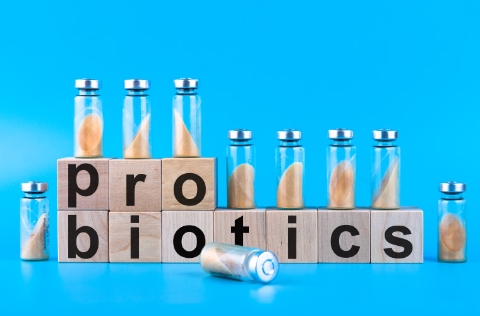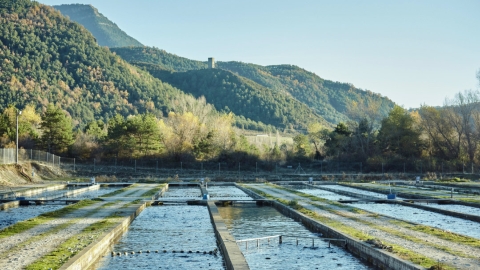
Sparicotyle chrysophrii is one of the most harmful parasites affecting Mediterranean aquaculture, particularly in the farming of gilthead seabream (Sparus aurata). This monogenean ectoparasite attaches itself to the gills of fish and feeds on their blood, leading to severe anaemia, poor physical condition and, in the most serious cases, mortality rates of up to 30% in sea cages. While it was already known that adult fish are more resilient than juveniles, it remained unclear whether this resistance stems from acquired immune memory.
For years, researchers at the Institute of Aquaculture Torre de la Sal (IATS-CSIC), in Castellón, Spain, have been studying how this parasite interacts with seabream, providing critical insights to help the aquaculture sector mitigate its impact.
In their latest study, they have demonstrated that gilthead seabream are capable of developing an adaptive immune response following an initial infection by Sparicotyle chrysophrii, with the gill mucus playing a central role as an immunological barrier.
The research team compared two groups of seabream: one previously infected and recovered, and another with no prior exposure to the parasite. Both were subjected to a controlled reinfection using S. chrysophrii eggs and monitored over a 62-day period. The recovered group showed a lower parasite burden, better physical condition, and higher blood haemoglobin levels compared to the non-exposed group, which failed to grow and exhibited a heavier parasite load.
Immunological analysis revealed clear differences in the gill mucus. In the reactive fish, significantly higher levels of parasite-specific immunoglobulins IgT and IgM were detected in the mucus prior to reinfection, indicating a persistent immune memory. These immunoglobulins, crucial in mucosal immunity, were able to bind specifically to the parasite’s structures—particularly its outer tegument. The systemic (plasma) response was less pronounced, although specific IgM antibodies were also identified.
Furthermore, recovered fish showed a greater number of IgT-expressing cells in the gills and IgM-expressing cells in the spleen, confirming the activation of the adaptive immune response at both local and systemic levels.
This discovery underscores the importance of gill mucus as a first line of defence against Sparicotyle, and suggests that seabream can develop a degree of immunity after an initial infection. However, this protection is not absolute, as larval stages of the parasite (oncomiracidia) are still able to establish themselves. This indicates that while the immune response helps control the infection, it does not completely prevent it.
These findings open the door to the development of prophylactic strategies based on mucosal immunisation, aiming to reduce reliance on chemical treatments and enhance the sustainability of the aquaculture industry.
Referencia:
Riera-Ferrer, E., Piazzon, M.C., Del Pozo, R., Gimeno Bañón, E., Palenzuela, O., Sitjà-Bobadilla, A., & Estensoro, I. (2025). Immunoprotective role of fish mucus against the ectoparasitic flatworm Sparicotyle chrysophrii. Fish & Shellfish Immunology, 161, 110282. https://doi.org/10.1016/j.fsi.2025.110282



